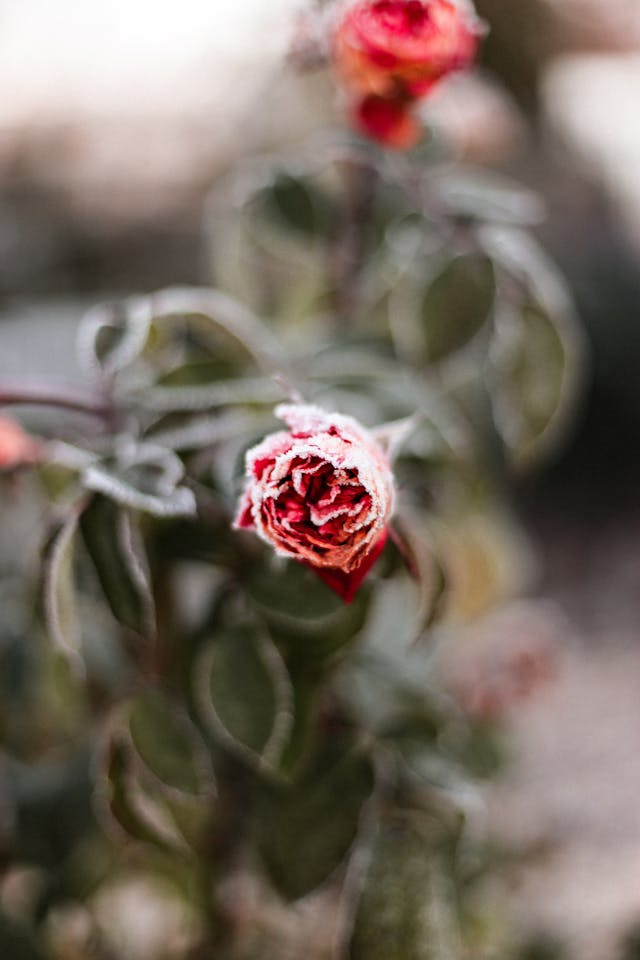
As the days shorten and the air turns crisp, it’s tempting to hang up the gardening gloves until spring. But with a little forward planning and care, your garden can remain healthy (and even surprisingly productive) throughout the cooler months.
Assess and Prepare the Garden Before the Deep Frosts
Late autumn is the perfect time to get ahead of winter’s challenges. Start by clearing fallen leaves, cutting back dead foliage, and removing any diseased material that could harbour pests or mould. A tidy garden heading into winter is far more resilient when cold snaps arrive.
Check soil drainage by observing how quickly water seeps away after rain as soggy soil can suffocate roots and invite rot. Consider repositioning vulnerable plants and adding organic matter to improve aeration and nutrient retention. This pre-frost groundwork helps your garden bounce back stronger once spring returns.
Protect Soil Structure and Nutrition
Healthy soil is the heart of a thriving garden. Bare soil left exposed to winter rain and frost risks compaction, erosion, and nutrient leaching. To protect it, spread a layer of organic mulch such as compost, bark, or straw across flowerbeds and vegetable plots.
You can also sow cover crops or “green manures” like clover, rye, or vetch, which improve soil structure and feed beneficial organisms. This living layer shields soil from harsh weather while locking in nutrients for future planting.
Avoid walking on damp beds whenever possible to prevent compaction. Your soil will thank you come spring.
Extend Productivity with Cold-Tolerant Crops and Techniques
Winter doesn’t mean your vegetable patch has to go dormant. Hardy crops like kale, leeks, winter spinach, brassicas, and spring onions can all withstand the chill with a bit of protection. Stagger your sowing to ensure a steady supply and choose cold-hardy varieties suited to the UK climate.
To give delicate seedlings an edge, consider a sheltered growing space such as a polytunnel or cold frame. These structures buffer temperature extremes, shield crops from wind, and trap warmth, helping you extend the growing season well into the colder months. Even a small polytunnel can make a big difference in keeping your crops healthy and productive.
Overwintering Plants and Tender Specimens
Tender plants need extra attention before the first frost hits. Lift and store bulbs or tubers from summer bloomers like dahlias, cannas, and gladioli in a cool, dry place. For potted plants, move containers against sheltered walls or into greenhouses to protect roots from freezing.
You can insulate vulnerable specimens with horticultural fleece, bubble wrap, or straw. Grouping pots together also helps retain heat, while an extra layer of mulch over the roots adds a buffer against frost damage.
Guard Against Frost, Wind and Pests
Winter weather can be unpredictable, bringing strong winds, icy rain, and opportunistic pests. Shield plants with mulch, wrap young tree trunks to prevent cracking, and stake or secure tall plants that could be toppled by storms.
Inspect fences, trellises, and greenhouse frames for wear or loose fittings as repairing them now will prevent damage later. We also recommend checking regularly for pest entry points and removing debris where slugs and rodents might shelter. A little vigilance goes a long way toward keeping your garden protected until spring.
© Copyright 2025 Antonia, All rights Reserved. Written For: Tidylife


Leave a Reply